Wild swimming in Scotland: Where to swim — and stay — in the Cairngorms
Nautical nomad James Aiken rounds up his favourite swim spots in the Scottish Cairngorms and beyond and the best hotels to warm up in afterwards.

Making the most of natural bodies of water has always been a lighthearted pastime of mine and I always try to channel the ethos of ‘you never regret a swim.’
The benefits of cold water swimming are numerous — increased circulation and immune systems, a build in resistance to stress and a decrease in levels of depression. So, whatever the weather and wherever I am in the world, I use a quick dip to reset both body and mind.
Scotland is a land characterised by water — lochs, pools and burn, and at its edges, the vast and rugged coastline, as varied as it is beautiful.

And so, at the behest of Country Life, I found myself traversing the Cairngorms in a Mercedes AMG GLE 63, winding roads disappearing at pleasant pace to the purr of the v8 engine. I started high and followed the course of gravity and water rushing down towards the sea.
Coire an Lochain
Coire an Lochain is the highest-named body of water in the UK — 997m above sea level. It’s best accessed from the Cairngorm ski area car park and there are well-trodden paths the majority of the way up. For added interest and views, I chose to take an alternative route up the steep and rocky Fiacaill Ridge, a grade one scramble up to the Cairngorm plateau.
The vistas from here are surely some of the most dramatic anywhere in the UK, stretching all the way to the pine forests in the north and row-upon-row of ridges and peaks, all the way to the horizon, to the south.
By the water’s edge, ptarmigan flitter between boulders and a fast flowing stream falls steeply into a natural bowl. The water is clear and cold — as it moves further downstream peaty layers of soil will turn it brown.
Exquisite houses, the beauty of Nature, and how to get the most from your life, straight to your inbox.
I front crawled out to the centre, stopping only momentarily to take in my surroundings, the bone-deep chill starting to take hold.
Loch Muick
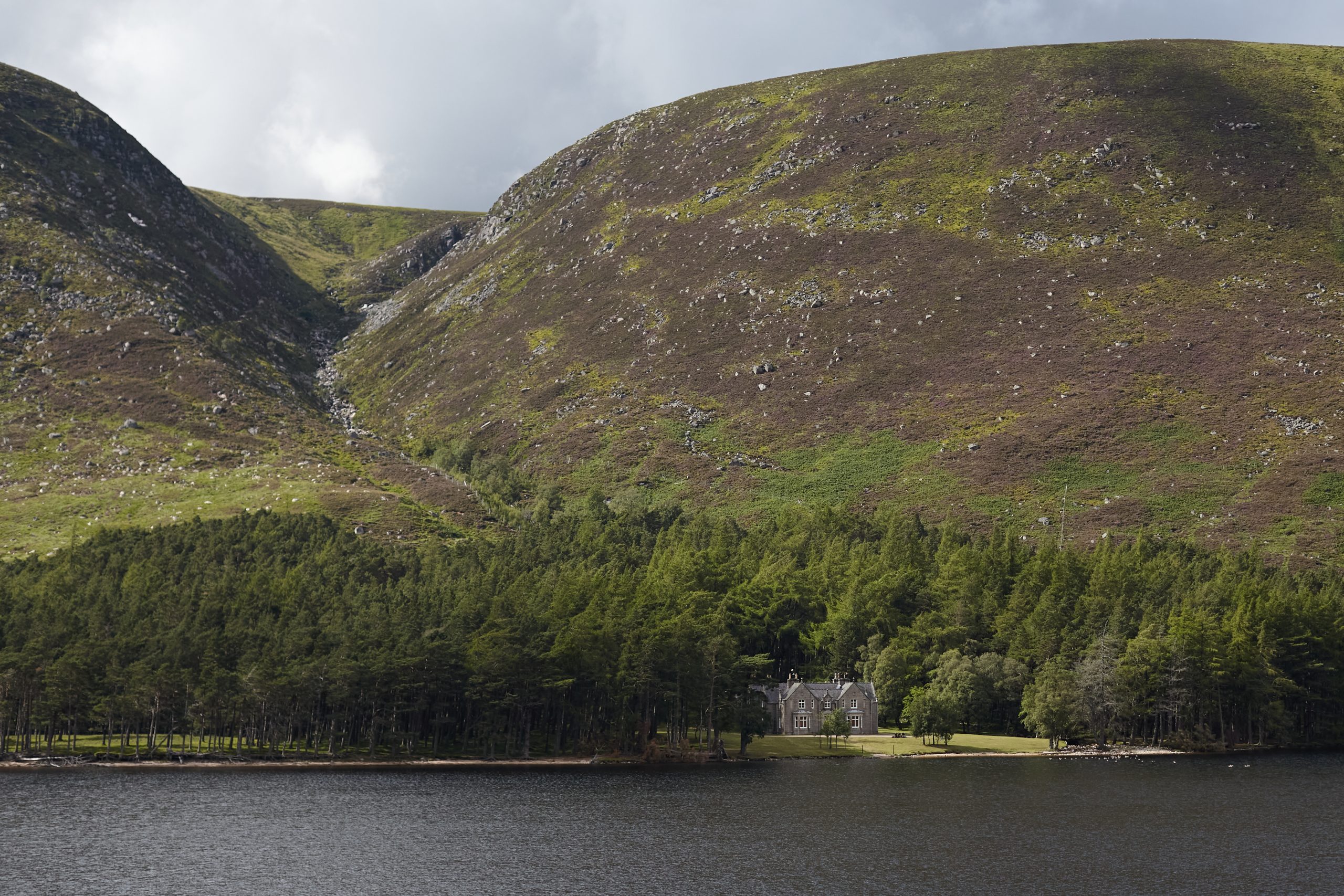
Framed by larch and Scots pine on the Balmoral Estate, you’ll find Queen Victoria’s 1868 hunting lodge Glas-Allt Shiel, said to be one of the most remarkable open bothy’s in the Highlands. The lawn in front of it rolls down to Loch Muick, pronounced Mick, and the steep, watery hillsides, scarred by water tumbling off the Cairngorm plateau. There’s something calming about those trees and lawn — a gentle and secure feeling that flies in the face of an otherwise wild and dramatic landscape.
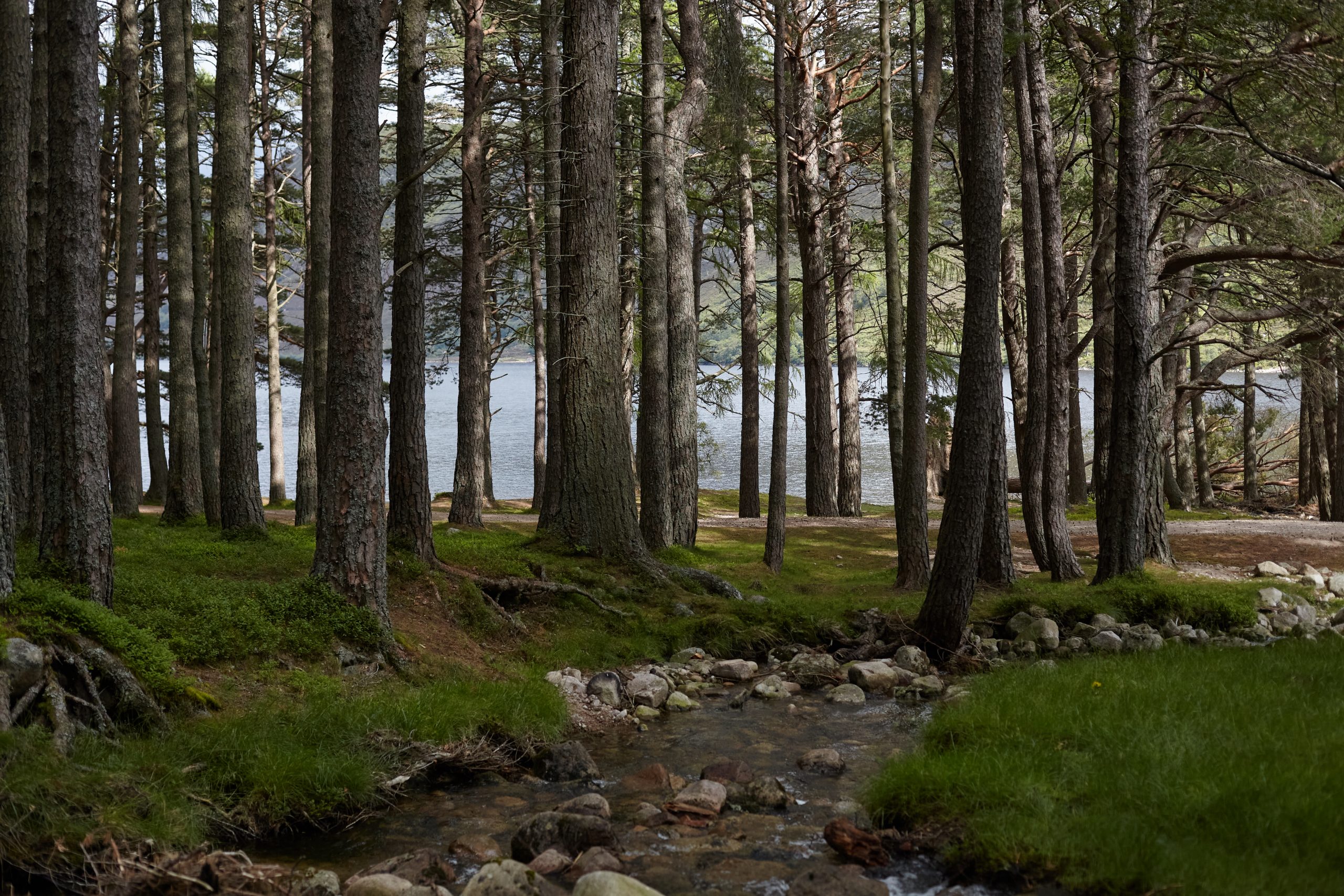
A flock of geese patrolled the loch’s perimeter as I arrived.
My schedule was tight so I’d run there along a loch-side path, the build-up of heat in my body making a cold swim all the more refreshing.
Linn of Dee
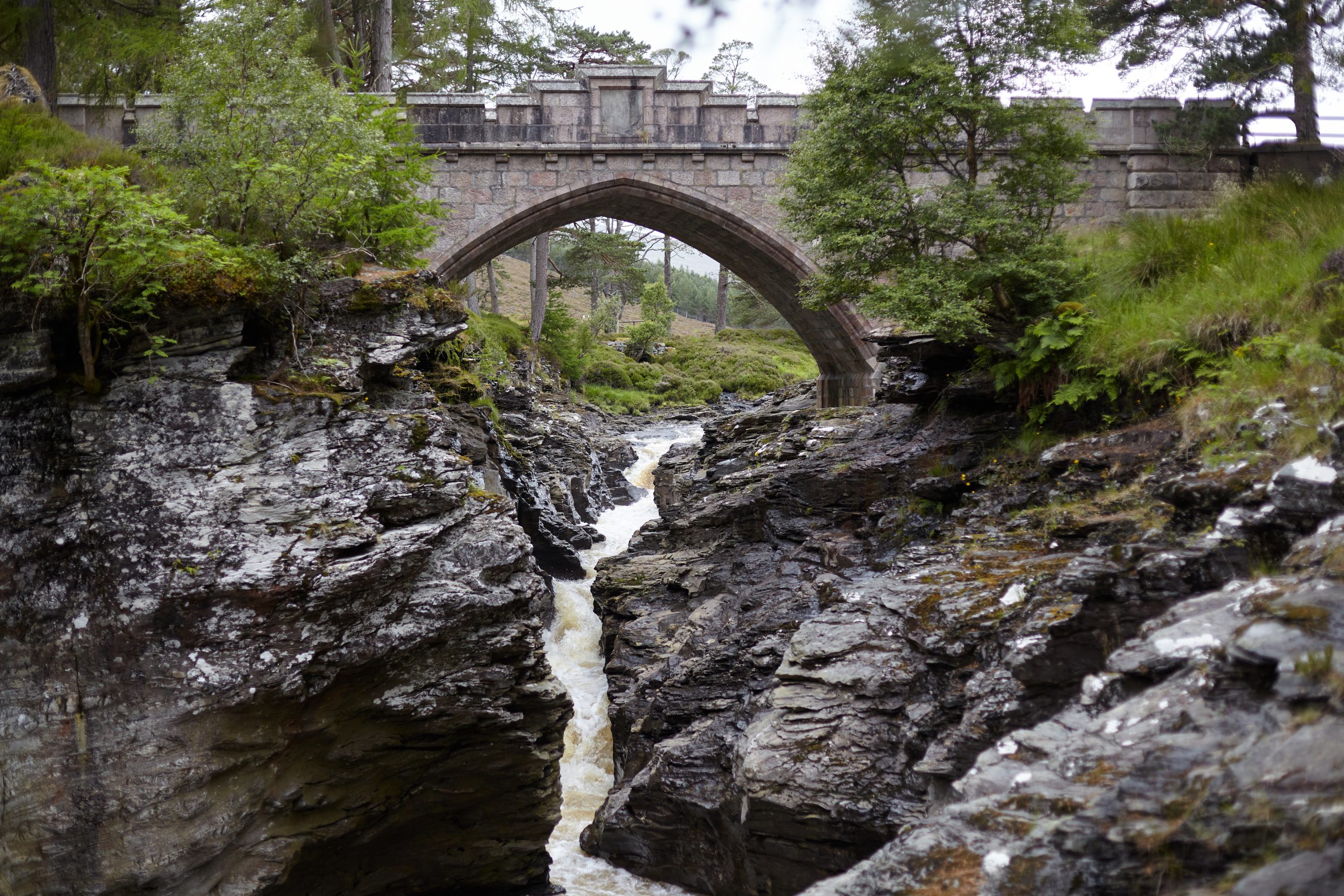
The Linn of Dee is a short drive from the Hauser + Wirth-owned Fife Arms hotel, in Braemar — one of my favourite hotels.
The five star retreat successfully captures the historic essence of the Highlands in all its quirks and idiosyncrasies — sumptuous tweeds, art, taxidermy and fieldsports — and a day spent exploring the space is as rewarding as a day on the hills.
For swim-novices, there’s a new wild swimming package that combines a guided foraging walk and wood-fired sauna session (inside a converted horse stable) with a rejuvenating dip in a secluded and private loch.
Naturally, all followed up with a picnic lunch and curated whisky tasting.
For something a little more adventurous try the Linn — a favourite picnic spot of Queen Victoria and a short walk from the car park.
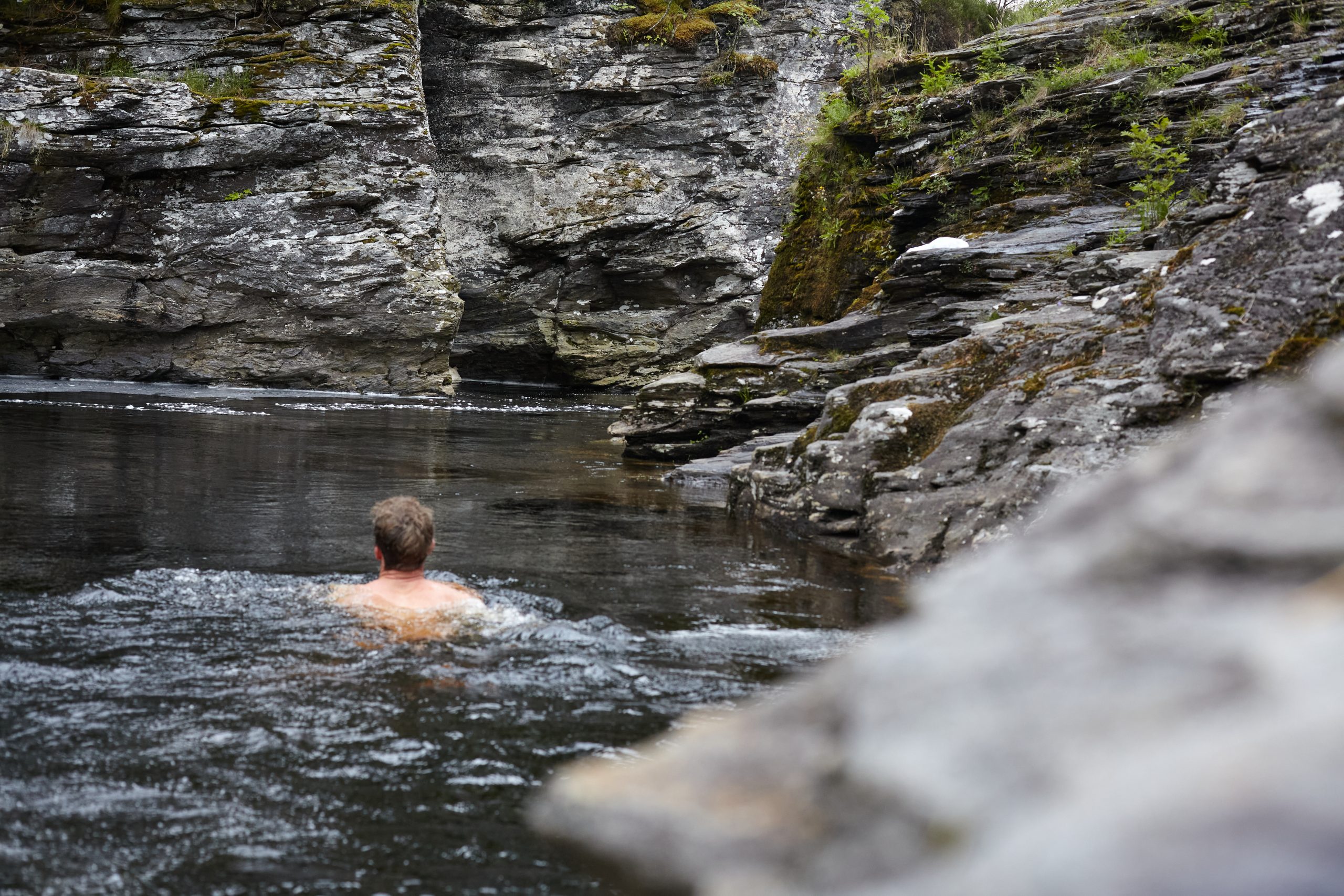
The Linn of Dee (Linn means gorge) is where the River Dee is funneled between narrow, rocky walls for roughly 300m, its thundering sound a dramatic assault on the senses.
I choose to swim in the fast flowing and deep pools beneath a waterfall, but I have seen people swim in calmer water where the river widens and calms not far downstream.
Hilton of Cadboll
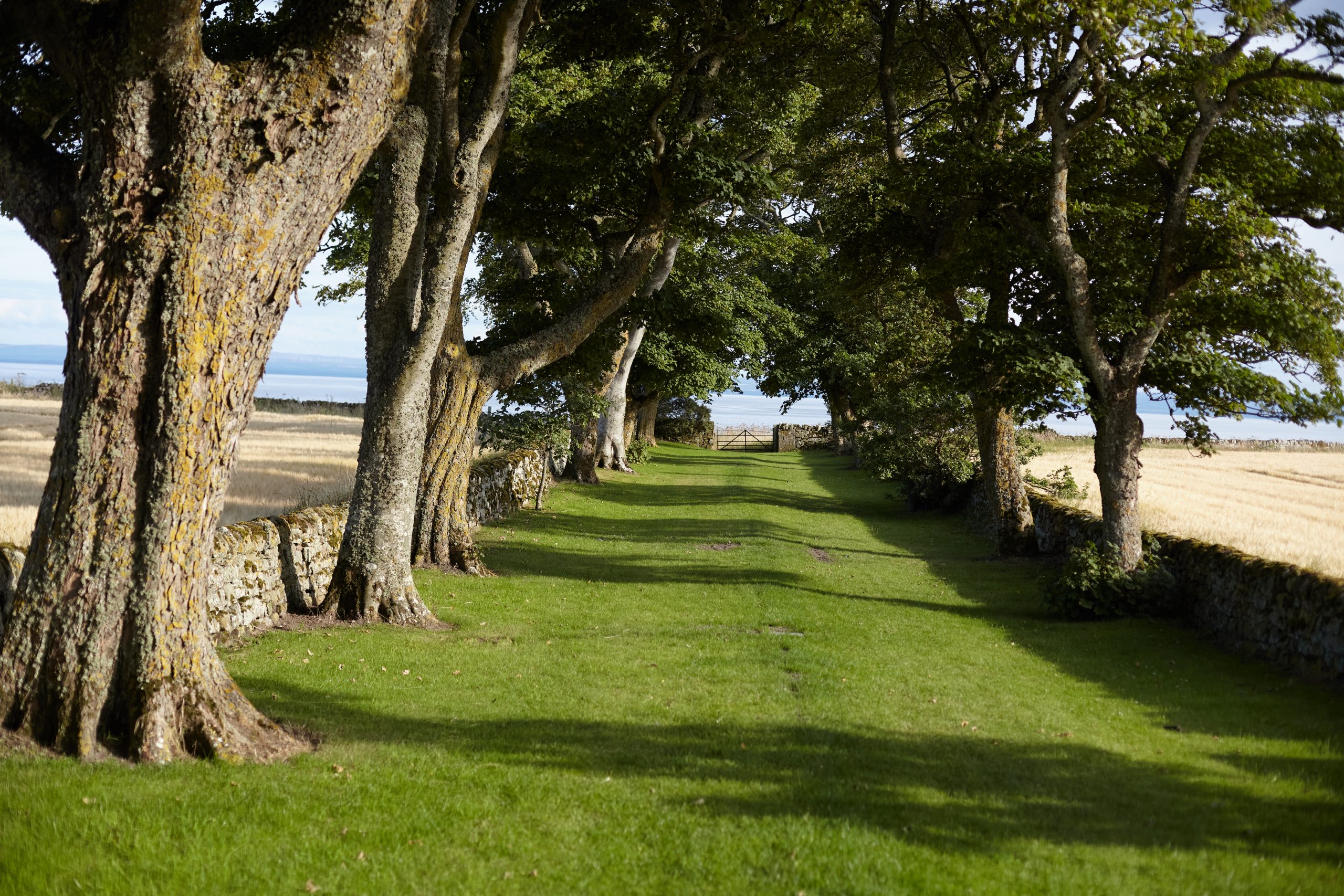
In the months of July and August, the fields of barley on Scotland’s east coast are harvested, bound for the Glenmorangie distillery with its views across the Moray Firth.
Nestled in these very fields is the newly opened Glenmorangie House — the sandy bays and reefs below it an elegant contrast to the more mountainous Cairngorms.
The hotel has successfully fostered a social and inclusive feel; despite being a solo traveller, I was embraced by the other groups, all joining forces to create a singular dinner party every night.
The rooms are named after Glenmorangie’s whisky variations. If you’re staying in the mid-winter ask to sleep in the Buffalo and make the most of the roaring fire.
The best bit about swimming here is that you can roll out of bed at dawn and, still in your pyjamas, pad-foot through an avenue of trees to the beach. All before breakfast; no driving required.
Sadly, the recent uptake in wild swimming has led to a proliferation of, in my eyes, completely unnecessary kit. I forwent a Dry Robe for my New and Lingwood dressing down.
Tarbat Ness Lighthouse
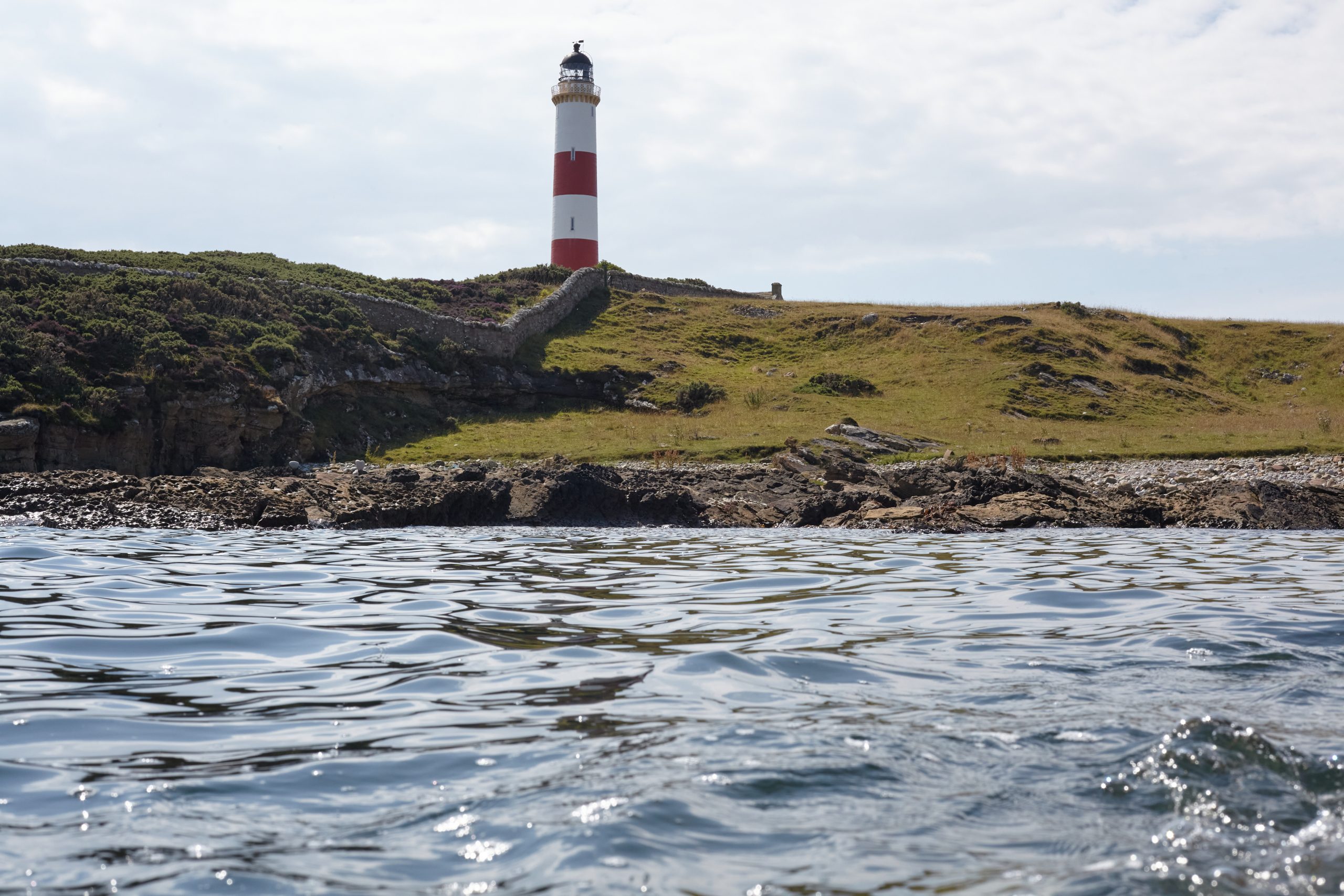
Tarbat Ness headland and 200-year-old lighthouse is a short and enjoyable drive from Glenmorangie House — the white and red striped tower looming protectively over the rocky shoreline.
The best bit about swimming on a headland is the ability to swim either side of it — ideally on the side most sheltered from the wind.
When I visited, a light breeze ruffled the waters to the south, so I picked my way through vibrant purple heather to the perfectly calm northern shore.
Beyond the rocks, large kelp fronds swayed slowly just beneath the water’s surface. Where possible, I always choose to swim off rocks, rather than on a beach — there’s something infinitely more satisfying about immediate immersion.
Country Life's annual Scotland issue (August 24) is available to purchase here
Photographs by @james_aiken